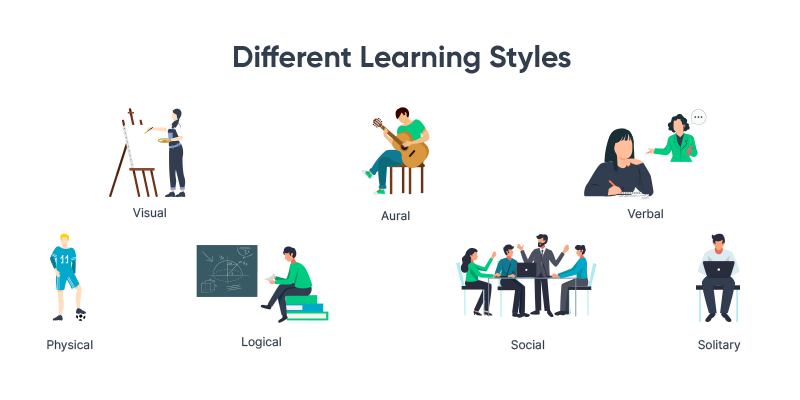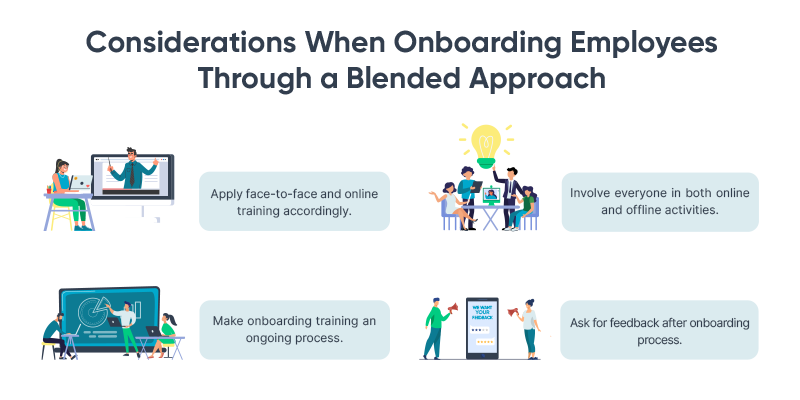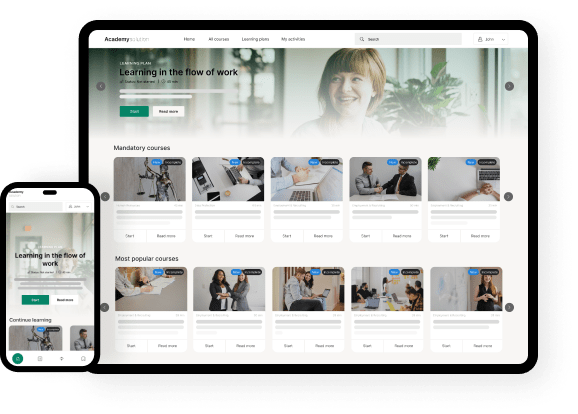COVID-19 gave a sudden twist to onboarding new employees. Not only did onboarding become more taxing, it also turned dissatisfying. Onboarding during the pandemic lacks a sense of belonging and the chance to develop team spirit.
In an interview made by Reuters, a young trader hired during the British lockdown said:
It’s not exactly easy for your new boss to explain the specifics of office politics to you without putting their foot in it.
And the trader continued:
It does feel like it’s taking longer to feel loyalty to my new employer than it might have otherwise. I feel loyal to the team but not to the wider bank.
In circumstances such as a global health crisis, HR managers could be tempted to use a virtual onboarding program as a temporary solution. However, going completely digital may not be the best approach. Here’s why:
According to eLearning Industry, the value of human interaction and its effectives in sharing information is higher than online training. Also, while there are topics that are better taught online, there are online mediums that cannot compare to the way qualified instructors teach certain subjects. Moreover, some learn best in an instructor-led environment; others thrive in an e-learning setting.
It’s in these facts that administrators recognized the value of using blended learning. Discovering that social capital grows in both digital and physical learning environments, companies saw blended learning as a means to adapt to the “new normal” of onboarding new employees.
In this blog, we’ll discuss what blended learning is and the advantages it poses for onboarding new employees.
What is Blended Learning?
Scholars Barbara Ross and Karen Gage referred to blended learning as the “new traditional model.” They used the term “new traditional” to imply an approach that encompasses a “spectrum of learning models.”
Basically, blended learning is a mix between two training environments—traditional face-to-face classroom training and modern e-learning. However, blended learning is not simply mixing technology and teaching. It’s not just a process of swapping analog tools for digital ones. In blended learning, the traditional and modern learning elements work together to create a richer learning experience.
Below are the scenarios where blended learning occurs:
- Online and in-person learning becomes complementary.
- When learning is customized based on specific learning needs.
Blended Learning Elements
Blended learning covers four important elements: environment, framework, learning style, and resources. If you wish to apply a blended learning strategy to your onboarding program, it’s good to keep these things in mind. Let’s discuss these elements one by one.
A learning model is a unique framework—a blueprint that tells how instruction or learning will be delivered. Creating such structure, though, requires an understanding of different learning styles. These learning styles are the various ways a person learns or acquires information best. Of course, your learning framework must include the necessary resources. Learning resources can either be digital or physical.

Source: Different learning styles
What Blended Learning Looks Like
The power of blended learning lies in the harmony of the four elements. This harmony happens when educators can leverage resources (analog and digital) without sacrificing the learning content’s quality. Harmony also becomes evident when students remain active and engaged amidst the changing nature of instruction.
The key to success is an effective learning approach personalization. This means giving learners more control over the time, place, path, and pace of their learning. Nonetheless, this doesn’t mean abandoning students and setting aside supervision. Educators must have an “engaged” role in the delivery of learning content and instructions.
Take for example a high school teacher in Lawrence, Kansas. She asks her students to watch Khan Academy videos for specific homework. When her students come to class the next day, they will be given choices of what to do:
First, they can work together on a problem set — teaching and learning from one another. Second choice, they can work independently on the same problem set. Third, they can listen to him while she discusses the lesson.
Why Use Blended Learning in Your Onboarding Program?
Here’s a million-dollar question: Why incorporate a blended approach to your onboarding workflow? Employers need to strike a balance between achieving organizational goals and meeting employees’ needs. Using a blended learning model gives organizations the best of both worlds. How? Here are a number of ways:
For organizations
- Increases employee engagement and encourages collaboration
- Improves flexibility, thus, optimizing productivity and completion rates
- Helps companies create a better onboarding experience that is consistent and repeatable
- It is measurable and can provide concrete data for tracking employees’ progress.
- Enhances teaching efforts for corporate trainers
For new employees
- A blended learning environment gives new employees a breathing space to work on their own pace.
- Enhances your new employees’ digital skills before they start working
- It offers your new employees avenues to instantly make an impact on your company, as it allows the practice of what they are learning.
- It creates a diversity of experience during training. Consequently, this helps new employees build higher retention and recall.
Considerations When Onboarding Employees Through a Blended Approach
There’s no denying that blended learning is a great solution for onboarding new employees. Leveraging the strengths of this approach will provide your new recruits a powerful and valuable onboarding experience.
For startups, this process might appear like an uphill climb. The truth is that it’s the same with any onboarding process. You just need to take note of the following considerations:

Apply face-to-face and online training accordingly.
As mentioned earlier, a great onboarding experience balances the needs of your organization and your new employees’. To apply a blended approach in onboarding means using face-to-face and online training accordingly. If you want to make the process more personal, go for face-to-face training. But if you want to scale your training program while saving time and money, e-learning would be the best option.
Involve everyone in both online and offline activities.
Having a sense of belonging is essential to new employees. Foster a welcoming environment by encouraging your current staff to get in touch with your new recruits. Start working on a culture that promotes a friendly sharing of necessary information, tips, and insights. Embrace a social learning approach that emphasizes the importance of modelling to imitate positive behaviors. You can do this by organizing both offline and online discussions among your employees. It’s a way of accommodating your newly hired staff without making them feel indifferent.
Make onboarding training an ongoing process.
Remember that it might take a long time before new employees get the hang of things. So, introduce longer series of both online and offline learning activities to increase the levels of engagement and motivation among your new employees.
Ask for feedback after onboarding process.
Have your new employees participate in a survey to collect feedback about their onboarding experience. This is also a good way to make them feel that their opinion matters. Their insights will provide invaluable data essential for measuring the success and effectiveness of your blended learning approach. If ever there are issues or concerns about the onboarding process, you can easily make the necessary revisions and improvements with these insights at hand.
Get the Perfect Onboarding Solution for Your Blended Learning Approach
Now that you understand the benefits of a blended learning approach to your onboarding program, it’s time to find the perfect SaaS solution to help you get started.
If you want to start your blended learning campaign with the help of a powerful solution, we at Cursum can guide you throughout the process. Reach us at [email protected] to know more about our services or ask for a demo to have a feel of what our products can do for your company.


